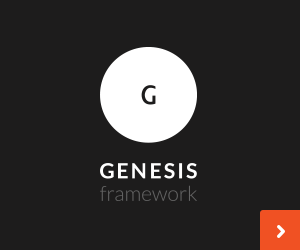How To Add an RSS Feed Reader to your WordPress Website from PACS
This Month’s WordPress SIG Topics
What’s new in WordPress since we last met.
Our featured area is a live demo How To Add an RSS Feed Reader to your WordPress website.
But first, our Topics from the Trenches segment.
Topics from the Trenches
Anyone, anyone? Yes, in the back!
Ron asked about a surprise captcha that was showing up when he visited the calendar page on his website, but only from his mobile device. Google does limit the number of hits to its calendar API under it free plan. If you add a credit card to your plan the limits are removed. The free tier is fairly high. A reboot of the phone cleared the issue. It may be that having the calendar opened in the browser on his phone, even while the page was not displayed could call out to the service and generate hits.
What’s new with WordPress?
The Month in WordPress – January 2023 – Detailed blog post on what’s going on. Lots of details about the upcoming WordPress 6.2 beta and Gutenberg 15.
Featured Topic: How To Add an RSS Feed Reader to your WordPress Website
What is RSS?
RSS is a type of web feed that allows users and applications to receive regular updates from a website or blog of their choice. The acronym RSS stands for Really Simple Syndication or Rich Site Summary. It is sometimes referred to as the feed or RSS feed.
In the early days of internet, if you wanted to keep track of updates on your favorite website, then you had to bookmark it and then manually visit to see if there were any updates.
RSS feed solved that problem by allowing users to keep track of their favorite websites without having to manually visit the website each time.
RSS allows bloggers and publishers to automatically syndicate their content, so that people can read it in their email, feed reader and other devices.
How Does RSS Feed Work?
RSS feeds work by publishing your latest content in a structured XML document. This feed contains your full articles or the summary, and metadata for each item like date, author, category, etc.
This XML document can then be fetched and read with a RSS feed reader. There are many RSS feed reader software available for all operating systems, desktops, and mobile devices.
All WordPress sites come with built-in support for RSS feeds. By default, each page of your WordPress site contains a meta tag that points to your website’s RSS feed location.
Finding Your Feed URL
There are times when you want to tell someone your site’s feed address or URL, or you need it to submit it to search engines and directories, many of which now accept feed URL submissions. There are four possible URLs for each of your feeds. Any of these will work.
http://example.com/?feed=rss
http://example.com/?feed=rss2
http://example.com/?feed=rdf
http://example.com/?feed=atom
If you are using custom permalinks, you should be able to reach them through this usage:
http://example.com/feed/
http://example.com/feed/rss/
http://example.com/feed/rss2/
http://example.com/feed/rdf/
http://example.com/feed/atom/
Why use an RSS feed?
Being able to display content from these RSS feeds opens up a whole new world for your WordPress site. You could build a news aggregator, create a content hub, aggregate job listings, plus a lot more.
How to use an RSS feed?
Here are a few examples of feed reader pages & services.
Eg.
https://stjameschurch.ws/news/forward-day-day/
https://mattryan.co/
https://dailybolt.com/
Example feeds in the wild:
https://wptavern.com/feed/
https://blog.archive.org/feed/
https://capwebsolutions.com/feed/
https://www.wissahickondems.com/feed/
Resources
Plugins




